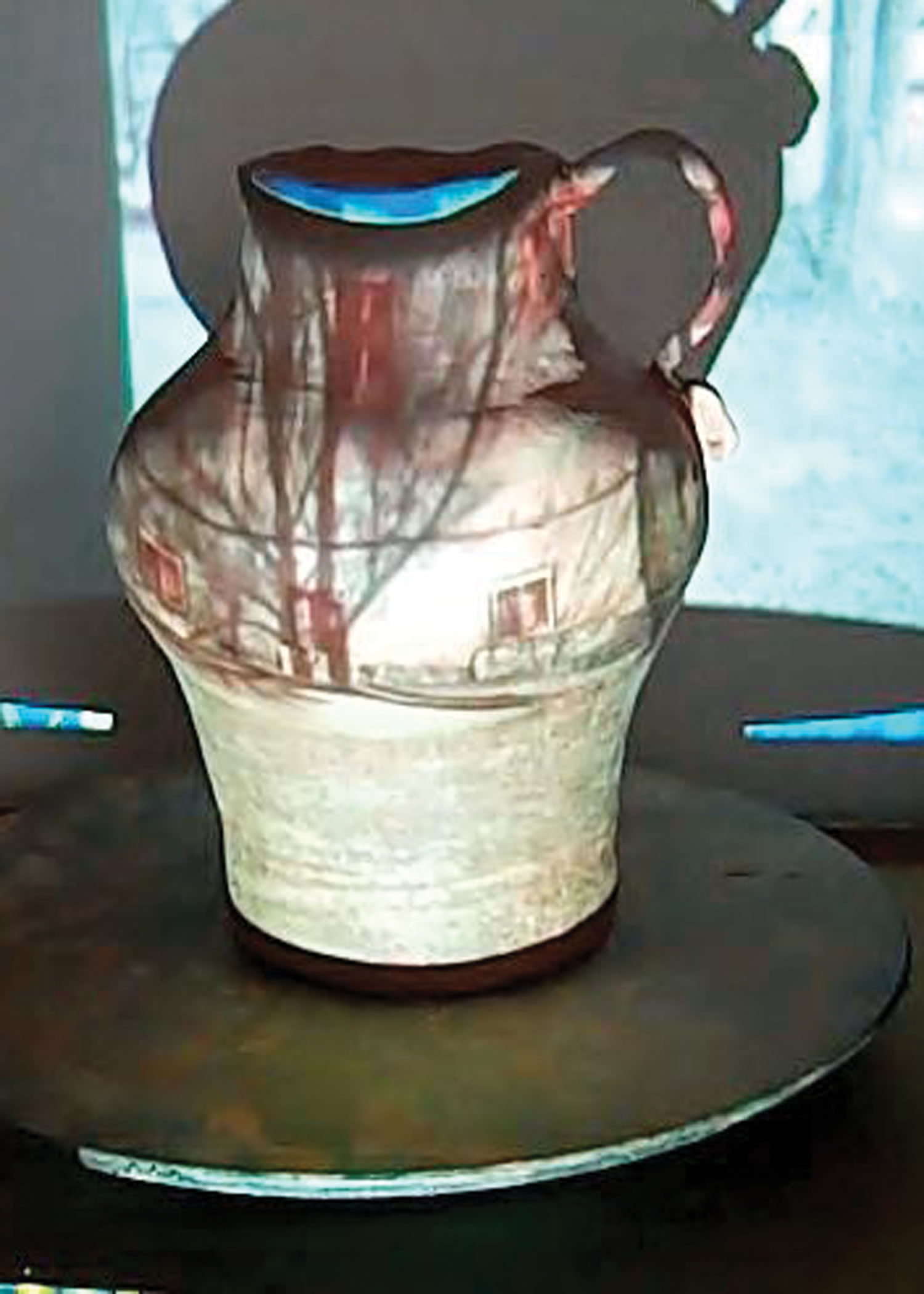
|
||||||||||
|
drawing painting ceramics scratchboard masks colorwheel |

CONTEMPORARY ART UNIT NARRATIVE Contemporary / Post-Modern Art Principles PowerPoint Post-Modern Principles Brochure ________________________________________ 70 Million by Hold Your Horses ! from L'Ogre on Vimeo. Comparative overview of live reenactiment to original artwork! The challenge for educators is to create schools that help students acquire the knowledge, skills, confidence, and motivation to succeed in the increasingly sophisticated workforce and as parents and citizens. Because the arts possess the power to play a vital role in meeting this challenge, an arts education must be fundamental, not incidental. I consider the arts to be the “Fourth ‘R’, a basic component in the curriculum and basic tool in the school reform arsenal”. Trying to answer the question, “Why should we care about the arts?” from the standpoint of intrinsic value is a little like trying to answer the question, “Why should we care about our health?” The arts, like our health, need no calculus of justification. We engage in the arts, we ought to teach the arts, because this is a part of what it means to be human. Business leaders tell us they want higher-order thinking skills in the 21st century – specifically, critical thinking and nimbleness in judgment, creativity and imagination, cooperative decision making, leadership, high-level literacy and communication, and the capacity for problem posing and problem solving. This is exactly what the arts help produce. We must show, plainly and simply, that an arts education improves teaching and learning. Educators say they want materials and activities that are “constructivist”, that is, concrete and hands-on. They seek materials that are multi-modal, multicultural, appealing and challenging to the classroom’s diverse range of learners. They want materials that promote critical thinking, They look for activities that are interdisciplinary. Quotes taken from “Making the Case for District-Wide Arts Education” during a 2-day retreat with school district superintendents from New York City. (www.pach.gov/gaa/introduction.html) Ramon C. Cortines We know: • that, as with language and mathematics, the crux of an arts education involves the communication, manipulation, interpretation and understanding of complex symbols • that developing fluency in artistic expression and understanding fosters higher-order thinking skills of analysis, synthesis and evaluation • that the arts are multi-modal, addressing and fostering the multiple intelligences of students (spatial abilities, for example, develop through drawing and sculpture, mathematical-logical abilities through producing and listening to music, kinesthetic or physical abilities through dance and interpersonal skills through drama • that the arts develop a person’s imagination and judgment, permitting each individual, in Maxine Greene’s classic phrase: "to create “as if” worlds……. places where we see the world afresh." Advanced Placement Studio Art
|
|
||||||||||
